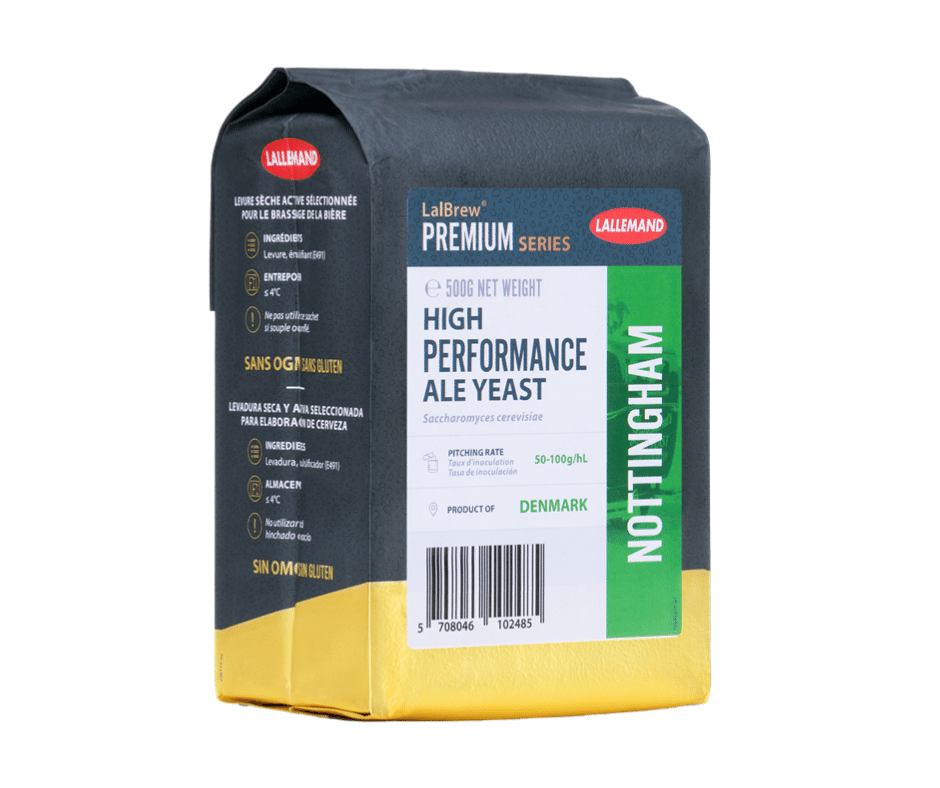

The finished volume should be 1/7th the starting volume. This will help you determine when the boiled cider is finished. While the cider is coming up to temperature, mark the depth of the liquid in the pot on a wooden skewer. Pour the cider into the pot and crank the stove on high. A 6-quart pot works perfectly for one gallon of cider.

It’s going to bubble up during cooking, so make sure you have plenty of headspace. Once you have cider in hand, pour it into a deep-sided, heavy-bottomed stockpot. If there’s anything else in the cider, you’ll be concentrating it into the finished boiled cider with potentially disastrous (or at least disgusting) results. Pasteurized is fine, but avoid cider with chemical preservatives like potassium sorbate, or additives like “apple flavoring.” Stick with real cider. When buying store-bought cider, just about any preservative-free drinking cider will do. A little extra acidity will help bring out the flavor of the finished cider syrup. If you’re pressing cider for boiled cider, as we sometimes do with our double-barrel cider press, choose a mixture of sweet and acidic apples. Similarly, most modern grocery store apples are “dessert” apples without enough acidity to create a balanced cider. The cider you’d use to make hard cider contains a lot of tannic apples that add character to the fermentation. The sweet-tart flavor of super-concentrated apple cider makes an unbelievable pancake syrup, and it’s the perfect sweetener for adding apple flavor to all manner of baked goods.īoiled cider is made from just one ingredient…fresh apple cider, but not all cider is the same. These days, boiled cider is made less for preservation and more for taste. Once concentrated, apple cider syrup will keep at room temperature indefinitely, which made it a valuable resource back when cider orchards were plentiful but refrigeration non-existent.

It was originally an old school method of preserving apples, long before refrigeration and international shipping.Īpples are pressed into cider, and then that cider is boiled down into a syrup that’s a bit like another New England staple ~ maple syrup. It’s also ideal for infusing incredible apple flavor into baked goods.īoiled cider is a real treat, but you don’t often hear about it outside the northeast. Although it is true that you do get more carmelization in the later run, lower grades, since the boil has to happen for a longer interval to achieve the final gravity that you're after, since there is less sugar in the sap to begin with.Įdited by Wayne B, 02 September 2009 - 10:20 AM.Boiled cider is a simple one ingredient apple cider syrup that’s perfect for topping pancakes or yogurt. So the first run syrups are usually the "higher grade" lighter, sweeter, syrups. First runnings are always higher in sugar content, and contain less of the resins, than subsequent runnings from the trees. They rather come from different ratios of sugars to phenolics in the original sap. I don't know that it would be enough of a change for most folks to notice.Oh, and the different grades of syrup aren't from different amounts of boil. The only difference would be that you'd have a little less carmelization (heat-joining of simple sugars into complex) and a little less oxidation, which might slightly change the flavor profile of a fermented brew that was from a partial boil relative to one that had been mixed from fully boiled down syrup. That wouldn't necessarily be true, since boiling down essentially removes pure water, which concentrates the remaining sugars and phenolic resins that give maple syrup its maple-y flavor, but adding water back to syrup that has been fully boiled down, in order to get to a fermentable concentration of sugars, would dilute those resins to about the same amount as the partial boil.


 0 kommentar(er)
0 kommentar(er)
